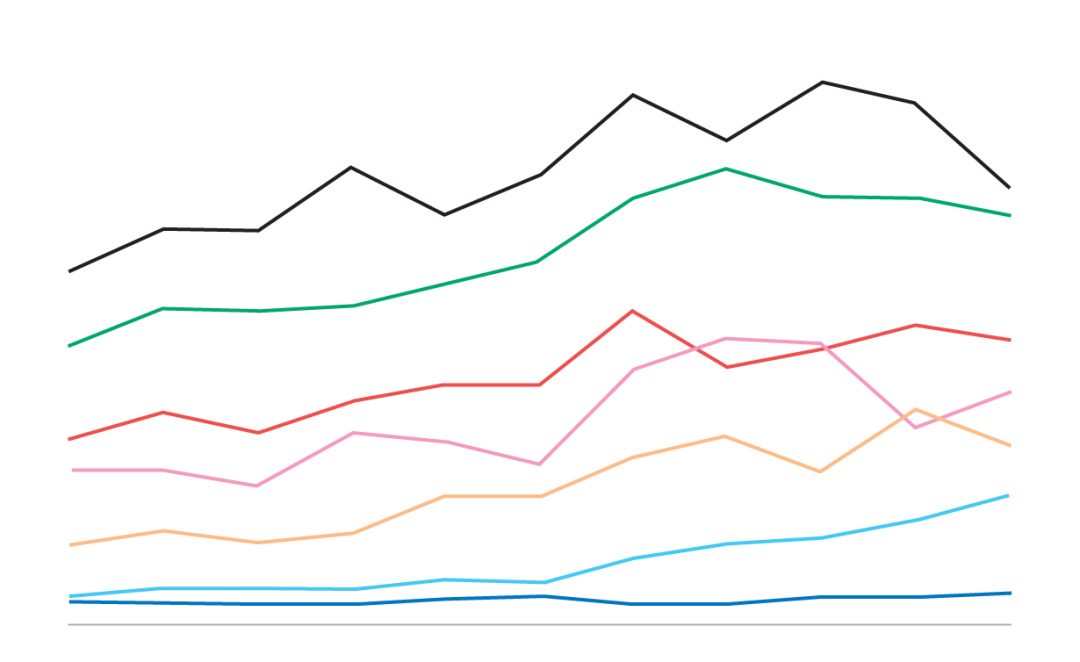New report shows significant increase in cocaine use

A new report that pulls together New Zealand’s latest drug use data shows a significant increase in cocaine use over the past year, while MDMA and methamphetamine use has decreased slightly.
Drug Use in Aotearoa, released by the NZ Drug Foundation Te Puna Whakaiti Pāmamae Kai Whakapiri, draws on the latest 2022/23 data from the NZ Health Survey, wastewater testing, and the NZ Drug Trends Survey to paint a picture of drug use across the country.
The Foundation’s Executive Director Sarah Helm says that the increase in cocaine consumption is most likely due to a global trend of increased production and availability, but that cocaine use is still relatively uncommon compared to other countries, with only 1.3% of adults using it in the past year.
The volume of cocaine consumed has seen a 93% increase in 2022/2023 compared to the previous three years’ average.
“It’s a significant increase off a very low base,” Helm says. “We put this shift down to a significant increase in international cocaine production and supply. We will be keeping a close eye on whether cocaine use continues to trend upwards, as it does have a higher risk of addiction and harm compared to other more common drugs like MDMA.”
Helm says the increase in cocaine consumption comes despite a number of recent record seizures by Police and Customs, and demonstrates why the focus can’t just be on supply-side interventions.
“Decades of experience has shown us that just relying on drug busts and arrests does nothing to reduce use. This report backs that up too. It shows why we need to reorientate our investment towards health-based approaches, harm reduction, education and treatment.”
Over the past decade there has been a 51% increase in the number of adults who have used cannabis in the past year (from 9.4% in 2012/13 to 14.2% or 597,000 people in 2022/23), however the number has remained relatively steady since 2019.
Cannabis use among 65 to 74-year-olds has increased by more than 10 times over that period (from around 0.6% of 64 to 75-year-olds in 2012/13 to 6.4% in 2022/23).
Helm says that having an overview of drug use across the country is helpful when considering what harm reduction, education and treatment approaches are needed.
“We would love to have better data on drug use in New Zealand, but this is our best effort to compile the most useful data in one place so that we can advocate for the most effective responses and spot any emerging trends,” she says.
The report also highlights regional differences in drug use throughout New Zealand. Wastewater data shows that rates of cocaine use are highest in Tāmaki Makaurau, while rates of MDMA use are highest in the Southern police district (which includes Dunedin), and methamphetamine use is most common in Waikato.
The report also draws on NZ Drug Trends Survey data from Massey’s SHORE and Whariki Research Centre. The survey specifically recruits people who use drugs and its findings provide detailed insights into patterns of availability and drug prices across the country.
The survey findings aligned with wastewater data showing an increase in cocaine consumption, with participants reporting that cocaine is becoming easier to obtain, especially in Tāmaki Makaurau.
The survey also found that the price of cannabis was lowest in Nelson/Marlborough and Tasman regions, LSD was cheapest in Canterbury, and the average price of MDMA was lowest in Manawatū-Whanganui.
Share:
Topics
Drugs
Recent news

Untreated ADHD leading to addiction and drug harm
A new report shows New Zealand’s failure to adequately diagnose and treat ADHD is likely leading to significant drug harm, including from alcohol and nicotine.

Report: Neurodivergence and substance use
Our latest report pulls together international evidence and local experiences of how neurodivergence impacts drug use

What researchers at University of Auckland are learning from giving people microdoses of LSD
‘Microdosing’ psychedelics involves taking small, repeated doses of a psychedelic drug. Researcher Robin Murphy talks us through the latest Auckland University microdosing study.

